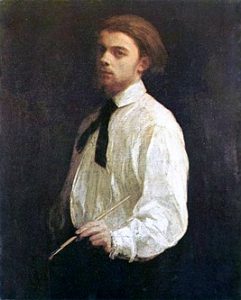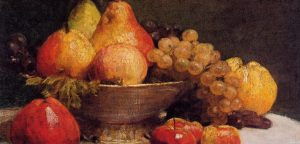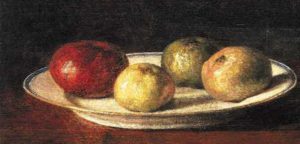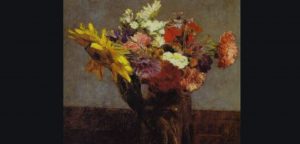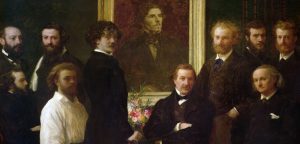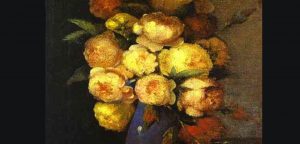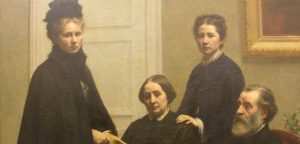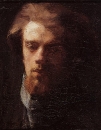Henri Fantin-Latour was born on the 14th of January in 1836 in Grenoble, France.
1836 - 1904
Henri Fantin-Latour

description
A French painter and lithographer, a follower of Realism and Symbolism in painting.
Henri Fantin-Latour’s father was an artist and taught his son the basics of craftsmanship. His mother was Russian by birth.
Despite the fact that most of his works are executed in a realistic style, Henri Fantin-Latour is considered to be one of the first Symbolists of France, who showed the direction for the further development of this style in the visual arts of Europe. The artist was one of the few who simultaneously exhibited his works both at the official Paris Salon and at the Salon of the Miserable, where works of a completely different stylistic orientation were accepted. He had many friends among the artistic elite of Paris and London, and frequently painted portraits of famous contemporaries, including talented pictures of Edouard Manet, James Whistler, Charles Baudelaire, and many others.
Key ideas:
– Henri Fantin-Latour became famous for his bright and numerous images of flowers in vases, which, although they are distinguished by their special elegance and incredible beauty, are not the main motive of the artist’s work.
– His portraits, both single and group, depicting the artist’s friends, who were the most outstanding and famous people of the art of his time, are much more important. Among the people depicted in the paintings “Atelier in Batignol”, “At the Table” and “In Honor of Delacroix”, we see E. Manet and O. Renoir, F. Basil and C. Monet, E. Zola and S. Baudelaire and other no less famous characters. These portraits do not just capture the appearance of the portrayed and their character, but reflect the essence of the era, its innovative spirit and creative aspirations.
– Particular attention should be paid to paintings on mythological and fantastic themes that are not always filled with unambiguous symbols and are imbued with the author’s special spirituality. In these canvases, Fantin-Latour refers to the world of allegories, fantastic plots and images, depicting nymphs dressed in fancy clothes, mythical heroes and characters. Sometimes it is like a vision inspired by the musical works of Schumann, Wagner and Berlioz – composers whom Fantin-Latour adored. They have large semantic and emotional importance and immerse the viewer in another world, full of secrets and understatement. These canvases by Henri Fantin-Latour are the forerunners of Symbolism and play a large role in the development of this style in painting.
1836
1854
1859
1862
1863
1864
1865
1876
1879
1904
The birth of the artist
Began studying at the School of Fine Arts in Paris
Began studying at the School of Fine Arts in Paris, was a student of Lecoq de Buabodran. The artist regularly copied the works of old masters at the Louvre, as well as the paintings of Delacroix at the Luxembourg Museum. In the same year, he became acquainted with E. Degas, and a year later – with Manet and B. Morizot.
Met Gustave Courbet
Met Gustave Courbet, who had a great influence on him. In the workshop of the artist, Fantin-Latour worked the next two years. In the same year, he made the first trip to England at the invitation of his friend J. Whistler.
Joined the Society of Watercolourists
Together with E. Manet, Legros and Whistler joined the Society of Watercolourists.
Presented several of his works at Salon des Refusés
Presented several of his works at Salon des Refusés.
He began to take part in the official Salon
He created the painting “In Honor of Delacroix”, in which he depicted the leading artists of his time. This picture made Fantin-Latour famous; he began to create multi-figure compositions and portraits. He began to take part in the official Salon, where he exhibited mostly portraits.
Presented his works at the Royal Academy in London
Presented his works at the Royal Academy in London. During his stay in England, he painted many still lifes, which were extremely popular.
He married the artist Victoria Dubourg
He married the artist Victoria Dubourg and moved to Normandy.
The artist was awarded the Medal of the Legion of Honor
The artist was awarded the Medal of the Legion of Honor.
The death
Henri Fantin-Latour died on the 25th of August in 1904 in Bure, Orne, France.

